Bad Nose Job: How to Fix Botched Rhinoplasty?
Facial Plastic Surgery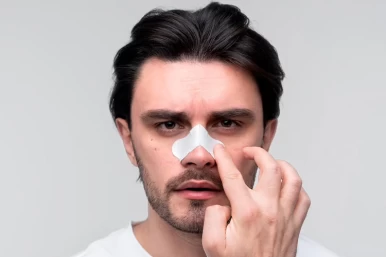
Rhinoplasty, commonly known as a nose job, is a popular cosmetic surgery procedure that aims to alter the shape and size of the nose. While a good nose job can enhance the appearance of the face and boost self-confidence, bad nose jobs can devastate a person's physical and emotional well-being. A botched rhinoplasty can lead to breathing difficulties, nose deformities, and even psychological distress.
If your nose job goes wrong, you might wonder how to fix the damage. Fortunately, there are several options available to correct a botched rhinoplasty. In this article, we will explore the causes of a bad nose job, the signs, and the various corrective procedures that can help you achieve the nose you desire. Whether you are looking to fix a crooked nose, a collapsed nasal tip, or other issues resulting from botched nose jobs, this article will provide valuable insights and guidance on moving forward.
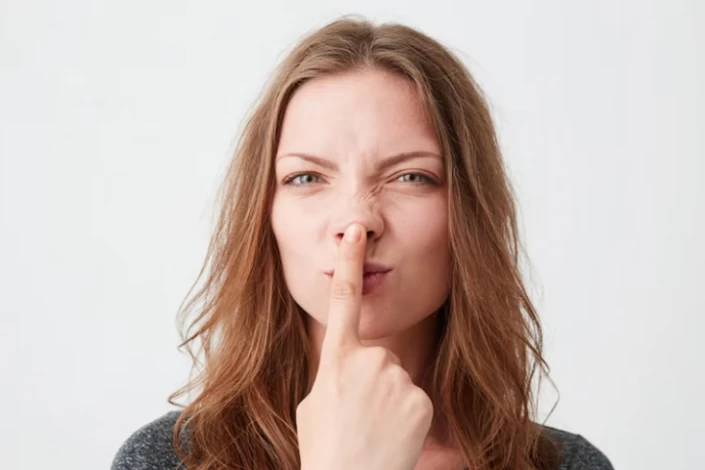
What Is Considered a Bad Nose Job?
A bad nose job, also called a botched rhinoplasty, is a nose job that doesn't give you the cosmetic or functional results you wanted and may need revision rhinoplasty surgery. A rhinoplasty is bad if it makes the nose look uneven or out of proportion, makes it too big or too small for the face, or makes it hard to breathe because the nasal passage is blocked or the nostrils have collapsed.
Patients who have any of the above symptoms after having nose job surgery should talk to their surgeon about their options for revision. Read on to find out more about bad rhinoplasty, how to tell if you have it, and how to fix it.
Signs of a Bad Nose Job
The signs of a botched rhinoplasty may not be immediately apparent after the procedure. Sometimes, it may take several weeks or even months for the full results of the procedure to become apparent.
Common bad rhinoplasty results may be as follows:
- Pinched nose
- Too-low nasal bridge
- Upturned nose
- Unbalanced bridge and nose tip
- Too wide or too large nostrils
- Difficulty breathing
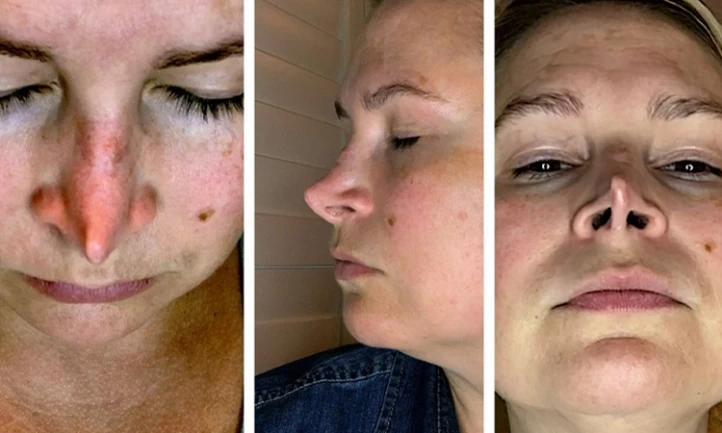
A pinched nose
A pinched nose may occur when the cosmetic surgeon removes too much cartilage (internal nostril skin) from the outside of the nostrils or reduces the cartilage inside the tip of the nose too much.
This can result in a narrowed appearance of the nose that may be disproportionate to the rest of the face. In addition to the cosmetic concerns of a pinched nose, it can cause breathing problems due to the excessively narrowed nostrils.
A scooped profile or the too-low nasal bridge
A "scooped" profile is commonly used to describe a nose over-reduced during a nose job. This can occur when the surgeon shaves away too much cartilage or removes too much tissue from the inside of the nose, resulting in a concave appearance along the bridge of the nose. A scooped profile can have both aesthetic and functional consequences.
An upturned nose at an unnatural angle or too high tip of the nose
An upturned nose at an odd or unnatural angle can occur when the cosmetic surgeon removes too much tissue from the front of the septum in an attempt to raise the nose. This can give the appearance of a "pig snout," which will be a significant aesthetic concern for patients.
Correcting an upturned nose can be more complex and challenging than fixing the other issues arising from a botched nose job.
The bridge and tip of the nose are of the same width
The ideal, balanced, natural-looking nose usually has a wider nasal tip than the bridge - known as the tip-to-bridge ratio. An experienced surgeon should know this relationship during rhinoplasty surgery to achieve a natural-looking result. If the surgeon disregards this fact and removes too much tissue from the tip of the nose, it can result in a nose that appears too narrow or pinched.
Too wide or too large nostrils
One sign of a botched nose job is nostrils that appear too wide or too large. This can happen when the surgeon shortens the nose excessively or does not recognize that the nostril floor is too wide and needs to be narrowed.
Nasal Asymmetry; a Sign of Bad Nose Job
In botched rhinoplasty, the nose looks asymmetrical and lacks harmony with other facial features. Nose asymmetry may happen due to excessive swelling, a deficiency in nasal structure, or inadequacy of the surgeon in shaping the septum correctly. Having a deviated nose after rhinoplasty is not common, i.e., it happens to less than %5 of patients. Fortunately, asymmetrical nostrils can be corrected through revision surgery as soon as the swelling has subsided.
Difficulty breathing
Difficulty breathing is a common and serious sign of a bad nose job. The nose plays a crucial role in breathing, and any changes made to its structure during rhinoplasty may affect the patient's ability to breathe correctly.
Excessive removal of nasal cartilage, or the creation of an overly narrow nasal passage, can lead to a blocked nasal passage or collapsed nostrils, making it difficult for air to pass through the nose. In some cases, the nasal septum may also become deviated or displaced during the rhinoplasty procedure, which causes the airway to be obstructed.
How to Avoid Getting a Bad Nose Job?
Getting a nose job is a major decision that should not be taken lightly. While there is always a risk of complications with any surgery, there are steps patients can take to minimize their risk of a nose job gone wrong.
First, it is important to choose a board-certified plastic surgeon with rhinoplasty experience by checking their credentials, patient reviews, and before-and-after photos.
Patients should also ensure their surgeon understands their goals and expectations for the procedure. They should ask questions and express any concerns about the surgery.
Furthermore, people undergoing nose job surgery should follow pre and post-operative instructions and nose job aftercare provided by the plastic surgeon to ensure the best possible outcome.
Rhinoplasty is a complex surgery that requires time and patience for the final results to become apparent. Therefore, it is recommended that patients not rush the healing process or become overly concerned with their nose's initial appearance.
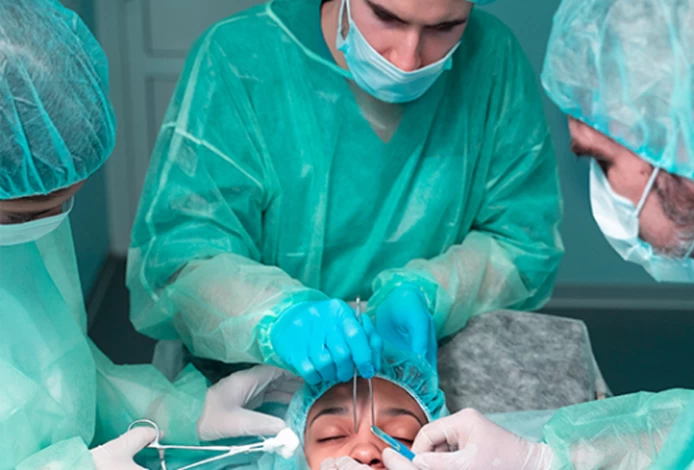
How Common Are Botched Nose Jobs?
The chances of getting a bad nose job are relatively low, ranging from 5% to 15%. A small percentage of patients may require revision surgeries to correct unsatisfactory results.
What Is a Revision Rhinoplasty?
Revision rhinoplasty is a complex surgery that fixes complications or unsatisfactory results that may have happened after a previous nose job.
The surgeon must carefully look at the patient's anatomy and the results of the first bad nose job during revision rhinoplasty to figure out the best way to fix the problems.
Revision rhinoplasty may entail reshaping the nose, reconstructing the nasal framework, or rectifying functional impairments such as respiratory challenges, contingent upon the patient's requirements.
How Long to Wait for Revision Rhinoplasty?
The timing of revision rhinoplasty, also known as secondary rhinoplasty, can depend on the person and the specific reasons for the revision. Most of the time, doctors tell patients to wait at least a year after their first nose job before thinking about revision surgery. This gives the nose enough time to heal and for any swelling or scar tissue to go down, which makes it easier for the surgeon to look at the nose and plan any changes that need to be made.
But in some cases, revision rhinoplasty may need to be done sooner than a year after the first surgery. For example, if the patient is having a lot of trouble breathing or other functional problems, early revision surgery may be needed to fix the issue and make the patient's life better.
Revision Rhinoplasty in Iran
Iran has gained a reputation as a medical tourism hub, especially in plastic surgery. The country boasts highly skilled and experienced surgeons specializing in rhinoplasty, making it an attractive choice for patients seeking revision surgeries.
One of the main reasons patients choose Iran for performing revision rhinoplasty is the expertise of Iranian surgeons in this particular procedure.
Moreover, revision rhinoplasty in Iran is more affordable than in other countries, such as the United States or Europe.
Additionally, clinics and hospitals in Iran are equipped with state-of-the-art technology and resources, ensuring that patients receive the best possible care during their revision rhinoplasty procedures.
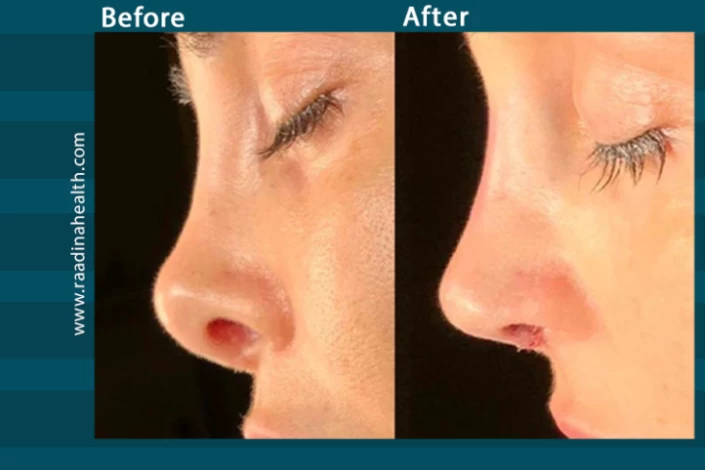
Conclusion
A bad nose job can cause cosmetic or functional issues like breathing difficulties, asymmetry, over-reduction, over-augmentation, etc. This could be due to various factors, such as choosing an unqualified surgeon, inadequate communication between the patient and surgeon, unrealistic expectations, or unexpected changes to the patient's facial structure during the healing process.
In these cases, revision rhinoplasty may be necessary to achieve the desired outcome and ensure the nose looks natural and balanced with the rest of the face.
Contact us for a free initial consultation about Rhinoplasty
Frequently Asked Questions about Bad Nose Jobs
Is revision rhinoplasty after a bad nose job more difficult than initial rhinoplasty?
Yes, revision rhinoplasty can be more difficult than initial rhinoplasty due to scar tissue and previous surgical alterations. It's important to choose a skilled and experienced surgeon for the procedure.
What are the risks of a revision rhinoplasty?
The risks of revision rhinoplasty are similar to those of initial rhinoplasty and can include bleeding, infection, anesthesia complications, and unsatisfactory results.
How do I know if I have undergone a botched rhinoplasty?
Signs of botched nose jobs may include breathing difficulties, asymmetry, visible scarring, a collapsed nasal tip, a crooked nose, or an unnatural-looking nose shape.
How can I find a qualified surgeon to perform revision rhinoplasty?
Researching and choosing a board-certified plastic surgeon with extensive experience in revision rhinoplasty is important. Consultations with multiple surgeons can also help you find the right fit for your needs.
What can cause a bulbous nose tip after rhinoplasty?
A bulbous tip often results from excessive cartilage or inadequate shaping during surgery. Swelling can also temporarily exaggerate the appearance.
How soon can revision rhinoplasty be performed?
Surgeons usually recommend waiting 6–12 months after the initial surgery, allowing tissues to fully heal and swelling to subside.
Can non-surgical methods fix a botched nose job?
Minor imperfections might be corrected with dermal fillers, but significant structural issues usually require revision surgery.
What are the risks of revision rhinoplasty?
Risks include infection, asymmetry, prolonged swelling, and the possibility of needing additional corrections.



 WhatsApp
WhatsApp
 Telegram
Telegram
 Facebook
Facebook
 Email
Email

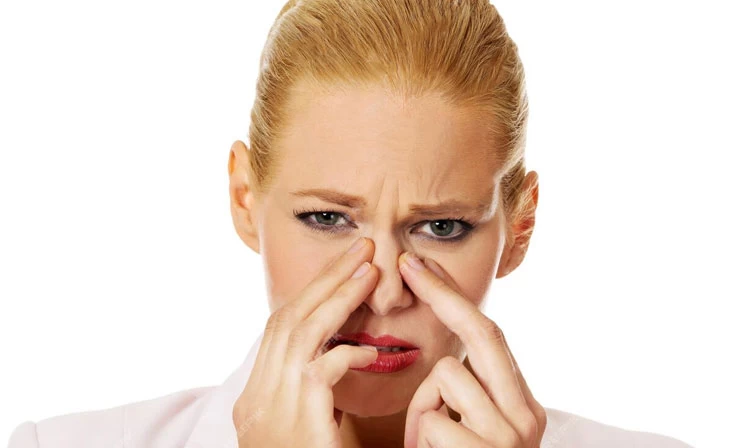
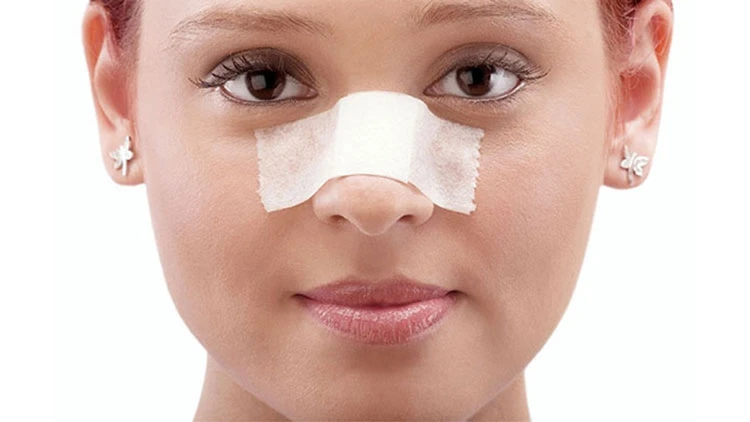
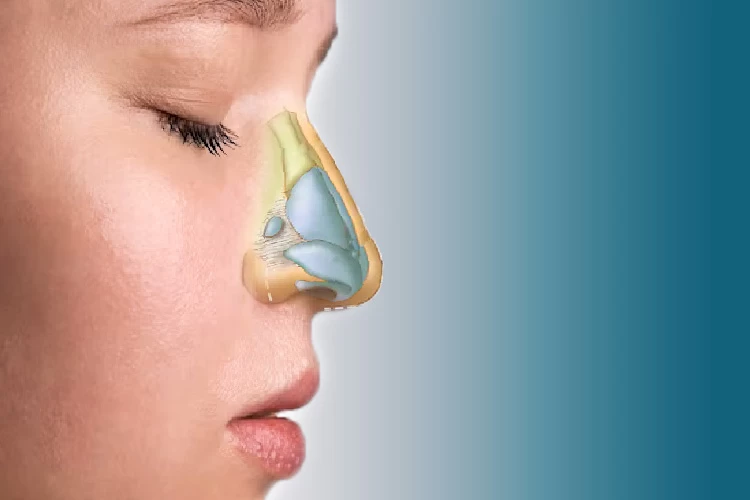
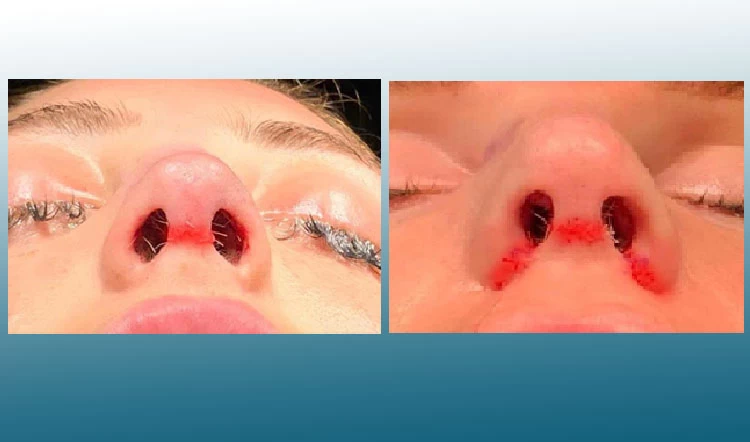
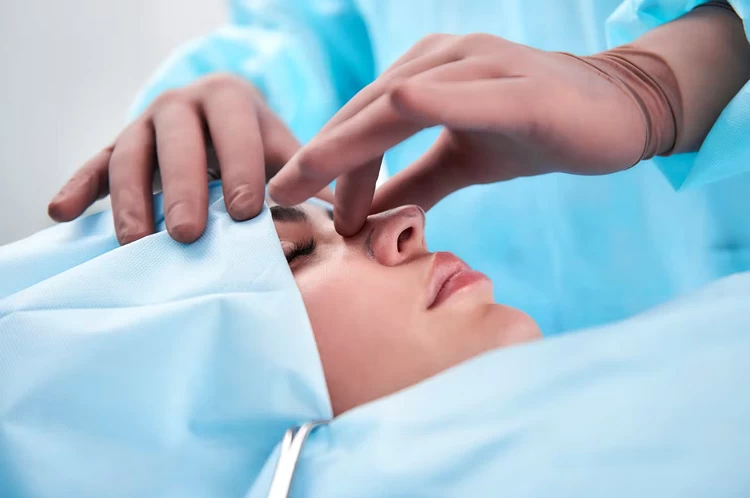
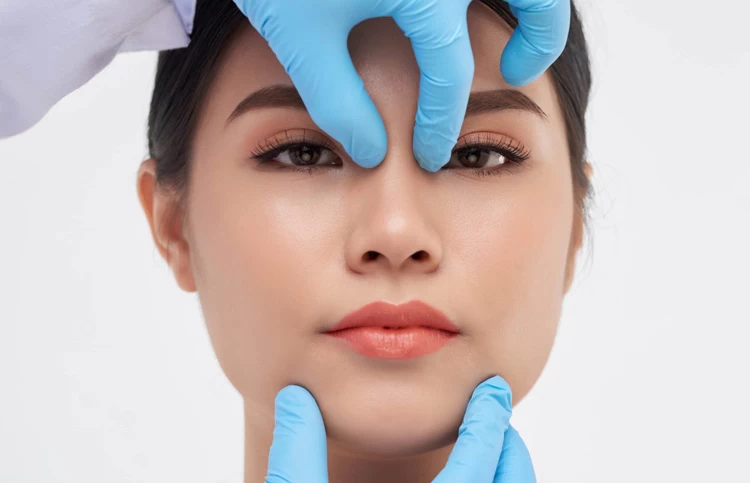




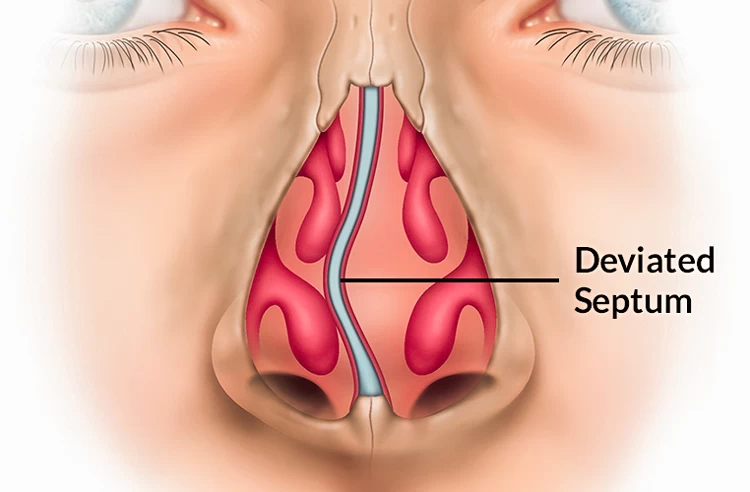
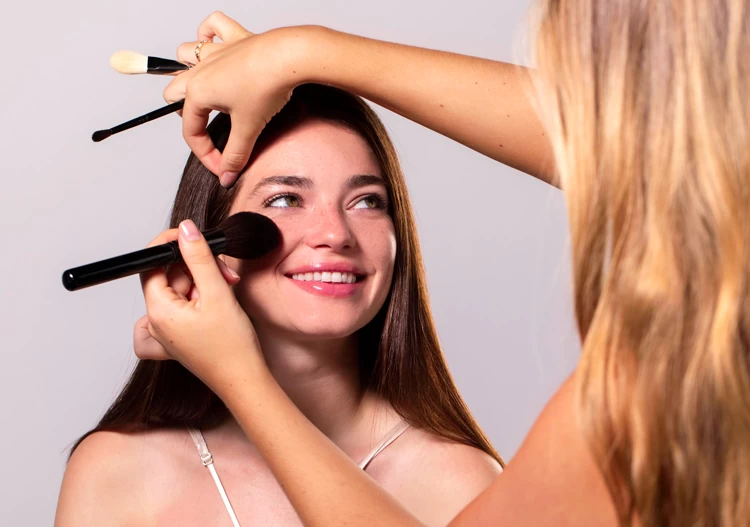
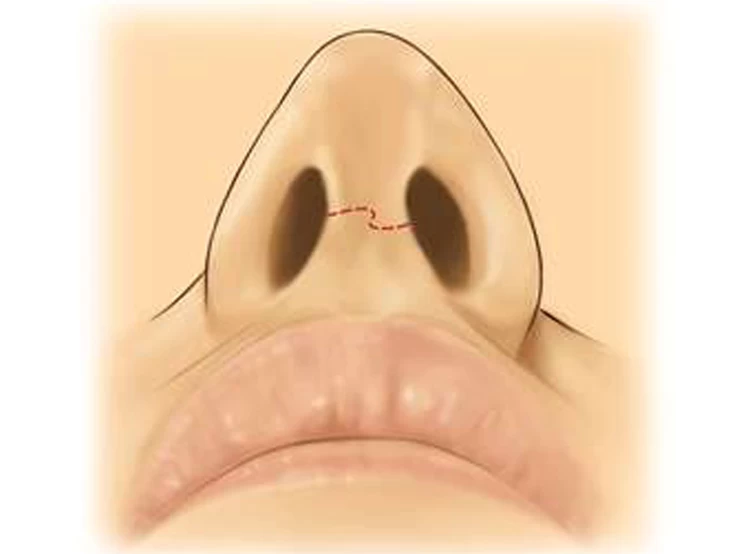
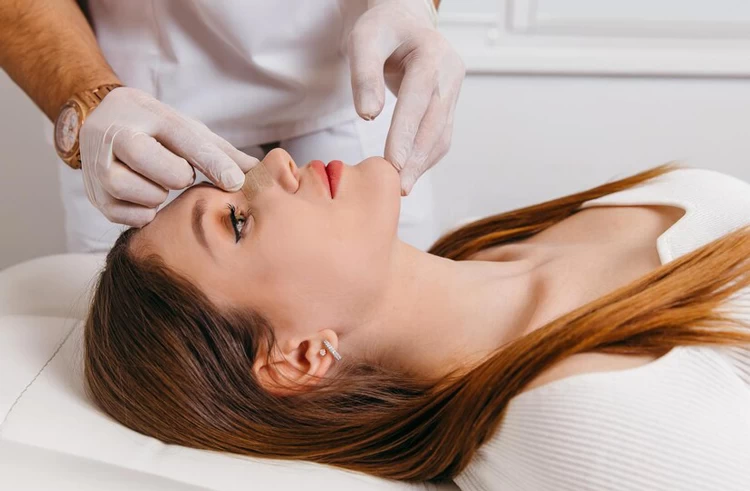


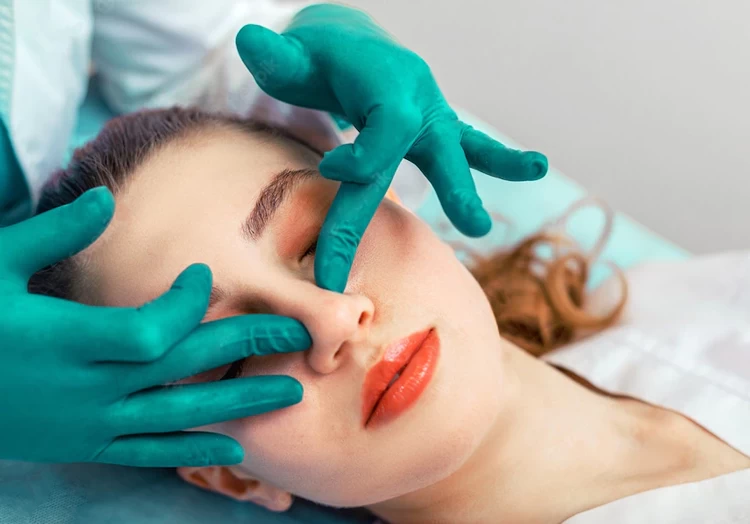
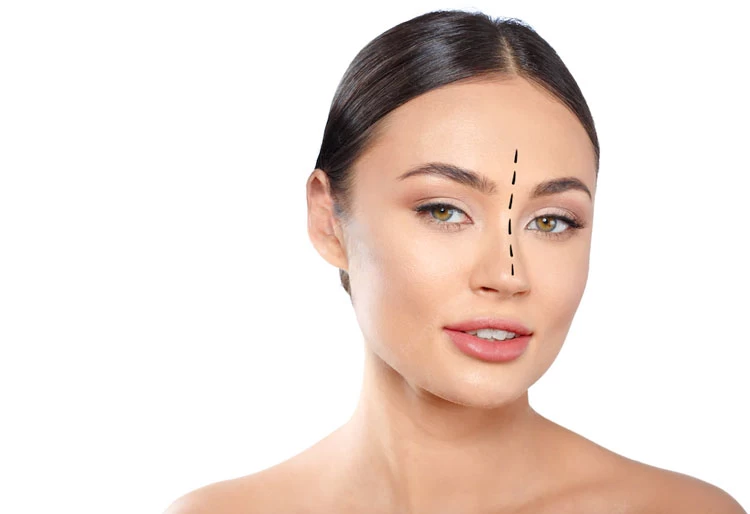

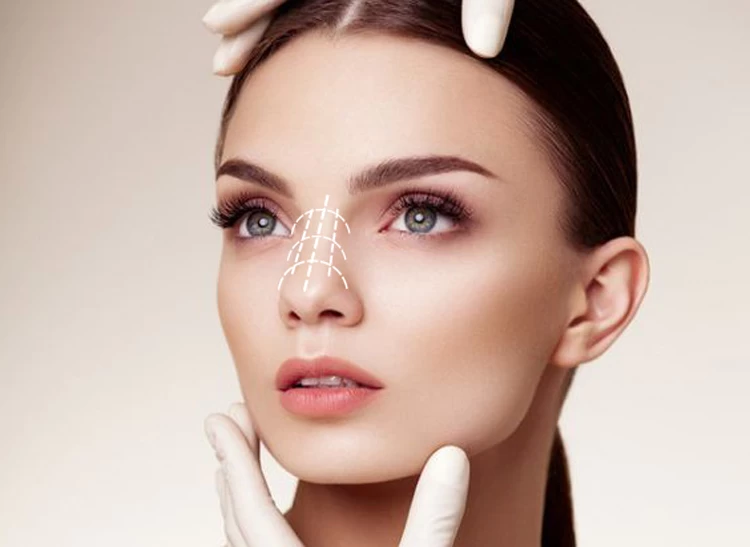
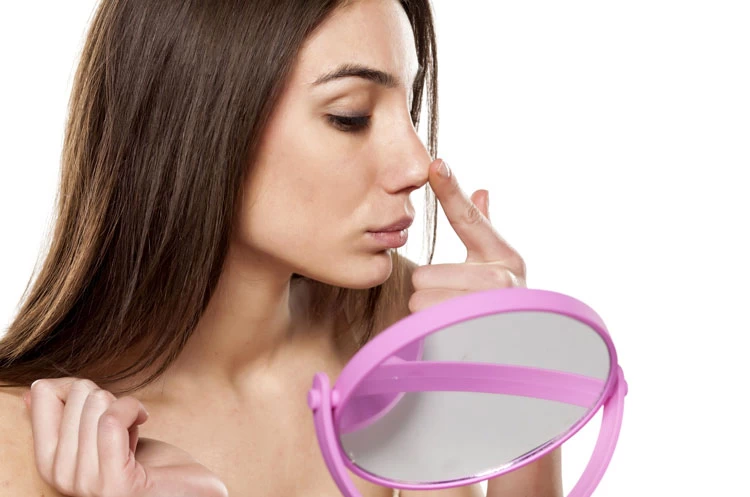
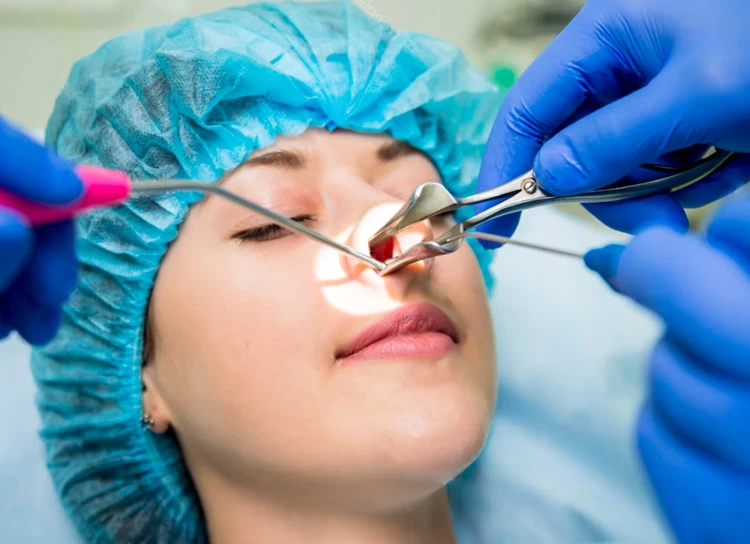
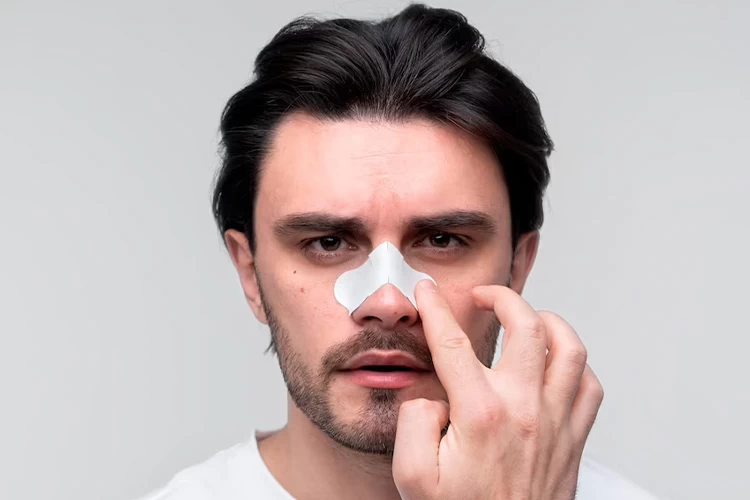


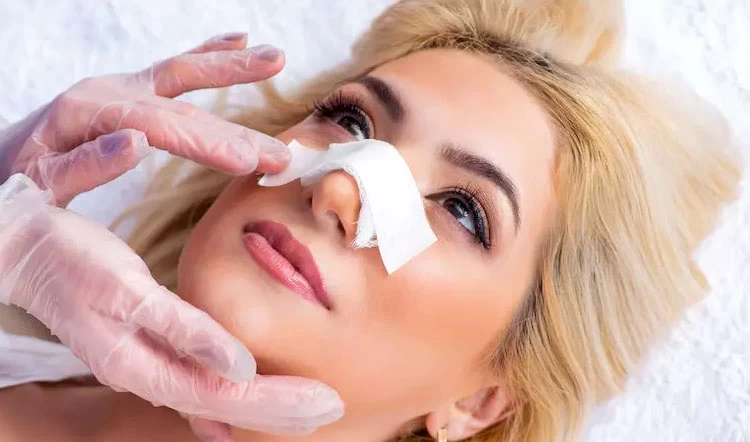
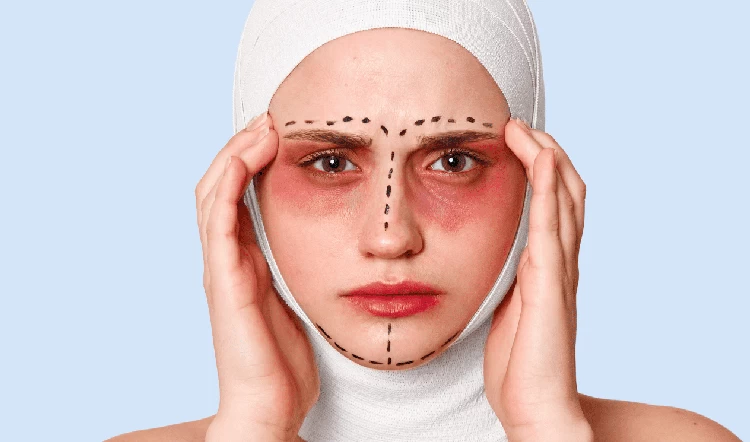

No reviews
Your comment